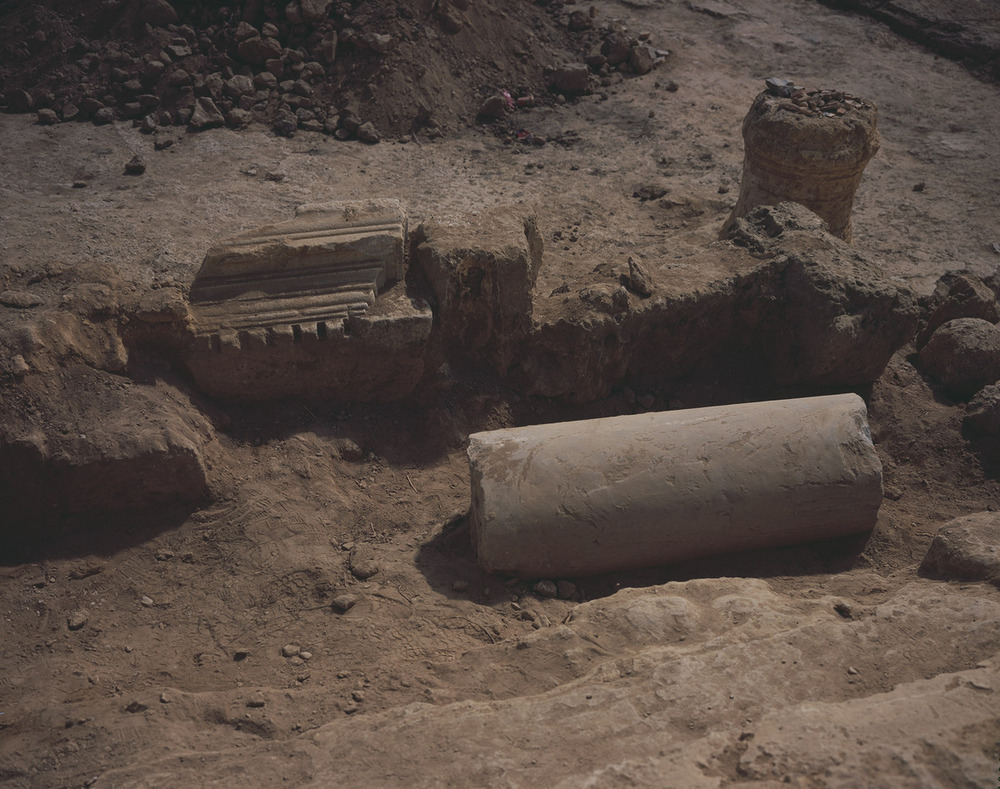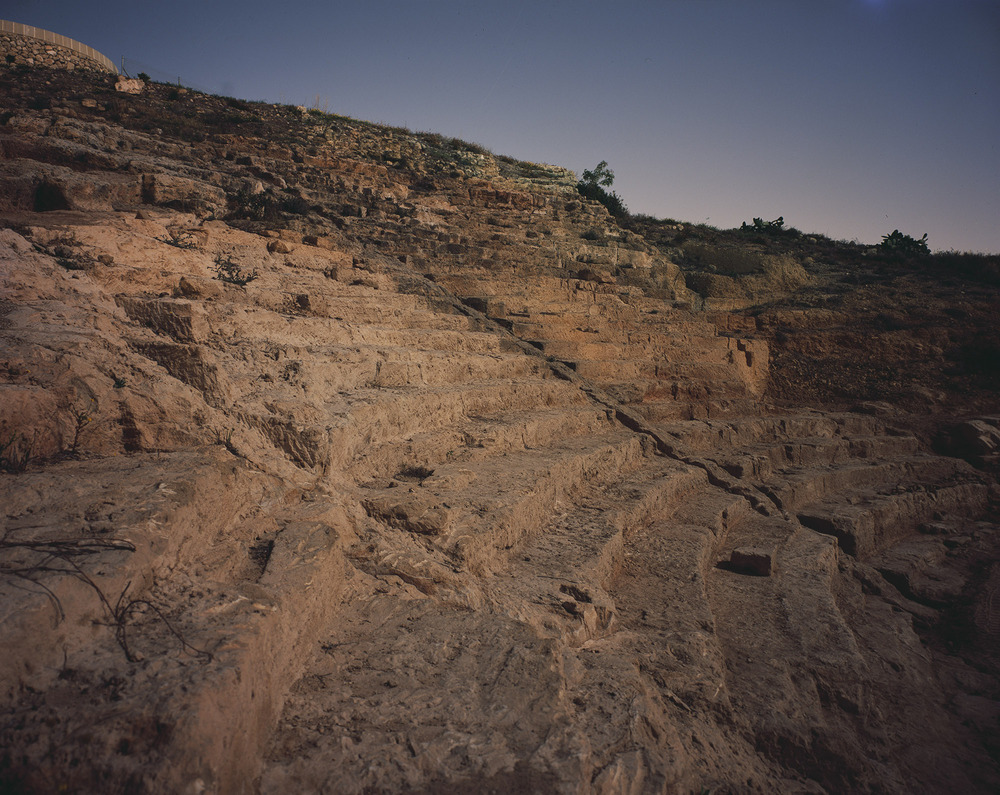I'm very pleased to have a series of three prints in the Exhibition Travellers from Australia which is part of the Pafos 2017 European Capital of Culture arts festival. Dr Craig Barker (Univ. of Sydney), Director of the Pafos Theatre Excavations, and Emeritus Professor Diana Wood Conroy (Univ. of Wollongong) have written about the dig and the role of artists on the excavation in a recent piece in The Conversation here.
Below is taken from my short statement in the exhibition catalogue:
I first attended the Pafos theatre excavations in 1996 at the age of fourteen. I went on to attend the dig in 1997, 2001, 2002 & 2006. Being exposed to archaeology and Cyprus at an impressionable age has had a lasting and profound impact artistically and academically. In 1997, I worked with the site photographer, Bob Miller. I recall the guerrilla darkroom, constructed in a dilapidated farm building, leaky and mouldy, this combined with the magical results of analogue photography - a fantastic memory to have and a formative experience.
In later seasons of “the dig” I worked as an archaeological illustrator. Drawing gave me an intimate and meditative exposure to the material culture of the site. One season when drawing an exquisite sherd of terra sigillata I discovered a perfectly preserved finger print on the base of the fragment. This formed a memory that I have returned to many times. It was moving to see the only remnant of a human presence physically etched in an object, and a sense of continuity with the ancient artists associated with the site. I went on to study visual art at Sydney University. By my honours year my interest in the intersection of art and archaeology had been cemented in my practice.
In 2011, I was conferred a PhD from Sydney university for my thesis Archaeologies of the Present: Rephotographing the William John Woodhouse Photographic Archive. This involved four years of research into the intersections of visual art and archaeology with a focus on photography. This was complemented by a reconstruction of a partly broken and fragmented Woodhouse photographic archive held at Sydney University’s Nicholson Museum. A year of field work in Greece in 2009-2010 followed and allowed a process of rephotography in the field, a process that uncovered as much about the original archive as it did about the present condition of the sites.
As a freelance artist I have worked as an archaeological illustrator and photographer, complimenting my practice as a visual artist who is interested in sites of contemporary archaeology in Sydney and Australia more broadly. Since 2014, I have been lecturer in photography and media arts at the Australian National University School of Art in Canberra. Here my research interests have pivoted around digital technologies, particularly inkjet printing, and the role of more traditional artisanal practices such as printmaking and bookmaking and how these interface with new software and hardware. Prints in this exhibition were printed using modified engine software at the Australian National University Inkjet Research Facility, at which I am a key researcher.
Looking back over the last two decades of my involvement in the Pafos excavations, I can see the experience has had an indelible influence on my ongoing practice as an artist and my ways of working in the studio or in the field. I continue to be interested in landscape history and the intersection of material culture and the built environment as a means of reading deeper patterns of use and occupation.
These three images above are from the artist’s viewpoint, in lighting and composition – an archaeological photo would never be taken under moonlight at an oblique angle, a viewpoint influenced by the archaeological sublime rather than a technical approach.





